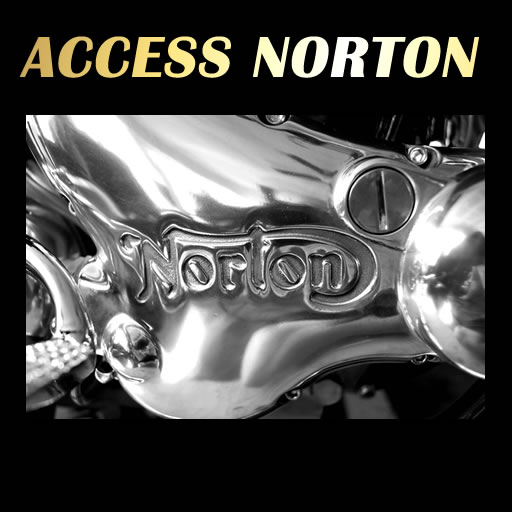First time Norton owner and first post. Glad to be here and glad the forum is here. I've restored a few 70s Hondas and a Kawasaki, and more recently a light restore of a BMW. My other bikes are a 2017 Triumph Thruxton 1200R and a BMW dual sport for camping out here in Colorado. The Norton has always been my dream bike and as an average mechanic I'm hoping that I can have better odds at not royally screwing up my new Norton.
I'm looking for a bit of advice as I get started..in short, the bike has been drained of gas and on display in a collection for the past 6 years with oil in it (actually not dripping due to some modifications). I'm trying to make sure I cover everything that should be done before firing it up. So far I'm thinking oil change, oil filter, air filter, gas, and some sea foam. Is there anything else you would check or do before starting it up?
Second, I'd love some expert eyes on the photos. Does anything look amiss? Any suggestions or insight that I should know about the current equipment and changes? I know very little about the upgrades and that will be one of the parts I need to learn as I go over the bike.
Here are the details.. I just picked up this beautiful 1973 Commando 850 from the LA area and I understand it previously lived in Austin and New Mexico USA (and now Colorado). The previous owner was reliable and had numerous Nortons (one of each year). He did a lot of good work with it so I'm mostly looking to make sure it's in tip top performance and then making some cosmetic changes..
Here's what I know.. it has shorter pushrods for performance. "The engine was over hauled. It has new super blend bearings, new hepolite pistons and rings, new cams, crankcase breather, oil pump, oil pressure relief valve, crankshaft balancing, cam push rods. It is like new but all the things that were potential issues have been replaced or upgraded. "
Here's the rest of the list:
Stock oil Tank redone by Colorado Norton Works
Colorado Norton Works Crankcase Breather modification
CNW crankcase tumble finish
New SRM oil pump
New SRM oil pressure relief valve
Professionally balanced crankshaft
Superblend main bearing upgrade
New big end bearings with STD rods
JS Motorsports Stage 1 Camshaft w/ bronze lifter inserts, radiuses BSA lifters and shorter pushrods for performance
New Hepolite pistons +.020", stock compression 8.5:1 and Hastings rings
New valve job with Rowe guides
New exhaust thread inserts by Phil Radford Fair Spares
CNW head steady
New MKIII isolastics front and rear
New Reynolds cam chain
New Old Brits oil gauge with SS braided oil lines
New Amal Premeire 932 anodized slide, adj float
Stock Airbox
New Primary chain
Stock engine sprocket and clutch
Out cover machined to accept MKIII gearshift and kickstart shaft seals
Stock 4 speed
Superblend bearing conversion
New Tri-Spark electronic ignition system
New Sparx 3 phase charging system alternator, rotor and regulator/rectifier
Thanks for any advice and information you can offer and I look forward to checking in as I update the bike.
Mike

